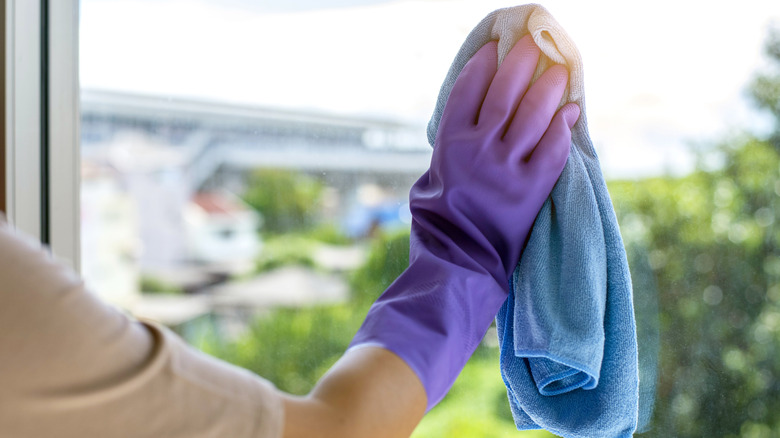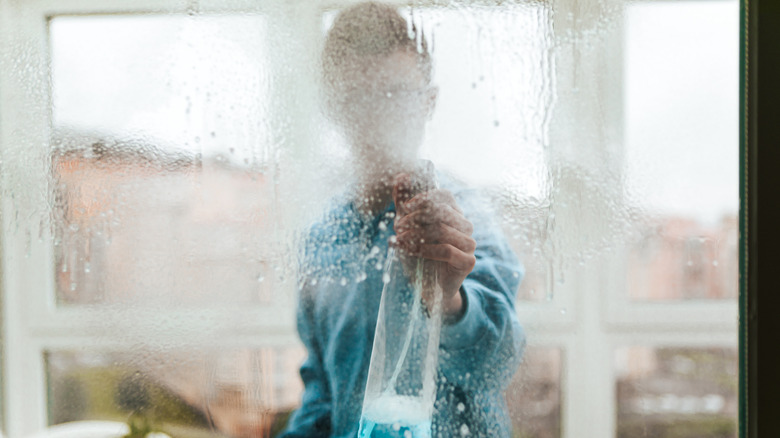Is Glass Cleaner Without Ammonia As Effective At Getting The Job Done?
You might wonder whether glass cleaner without ammonia is really as effective for achieving a streak-free shine. Luckily, the answer is yes. For years, ammonia-based glass cleaners such as Windex® were the go-to for sparkling windows. After all, that sharp, lingering smell was what your parents or grandparents might have associated with "clean." Today, many people opt for formulas with less odors and harsh ingredients for their home. Such cleaners can deliver the same streak-free finish as their ammoniated counterparts. The difference is they don't have the noxious scent, thus making them better for indoor air quality and less likely to irritate individuals with asthma or chemical sensitivity.
Ammonia-based cleaners have come under scrutiny in recent years due to their powerful fumes, which can irritate your skin, eyes, and respiratory system, especially with heavy use. In addition, continued use of cleaners with ammonia can damage window coatings and seals, particularly those within insulated windows. The damaged seals may eventually lead to leaks and even water damage. And it's not only windows, as mirrors can also corrode and rust when repeated ammonia use causes the glass to separate from the metal.
While some shoppers worry that non-ammoniated cleaners will leave glass streaks, other factors might be to blame for the marks. Window streaks can be the result of hard water, which leaves behind mineral deposits, hence why professional windows often use distilled water. Cleaning your windows with a poor quality cloth or paper towels can also cause smearing. Finally, your windows may streak in direct sunlight if the sun dries the cleaner too quickly. Here's what you need to know to make your windows cleaner than ever.
How to use ammonia-free glass cleaner for a sparkling clean
Finding glass cleaner without ammonia is easy today, given that even major brands such as Windex® now offer ammonia-free options to help you clean your windows for a streak-free finish. Ingredients in store-bought versions can vary, but commonly include water as a solvent along with glycol ethers to break down dirt and grime. These alternative cleaners might also contain vinegar, used for breaking down the stubborn film that sometimes accumulates on windows. Whatever the ingredients in your non-ammonia cleaner, cleaning without streaks requires proper use.
You'll need to start by choosing the best time to clean your windows, such as on a cloudy day in the spring or fall. These months feature cooler temperatures that prevent the sun from causing streaks. Following the directions on the cleaner's packaging, apply the solution to the window carefully, thoroughly wetting the surface. Wipe the glass well with a soft, clean microfiber cloth, cleaning from top to bottom in a circular motion. As you go over the surface, use a dry area of the towel to wipe away the cleaner, then use a second clean towel to remove any remaining residue. Never use paper towels, which are prone to creating streaks and leaving pieces of lint.

